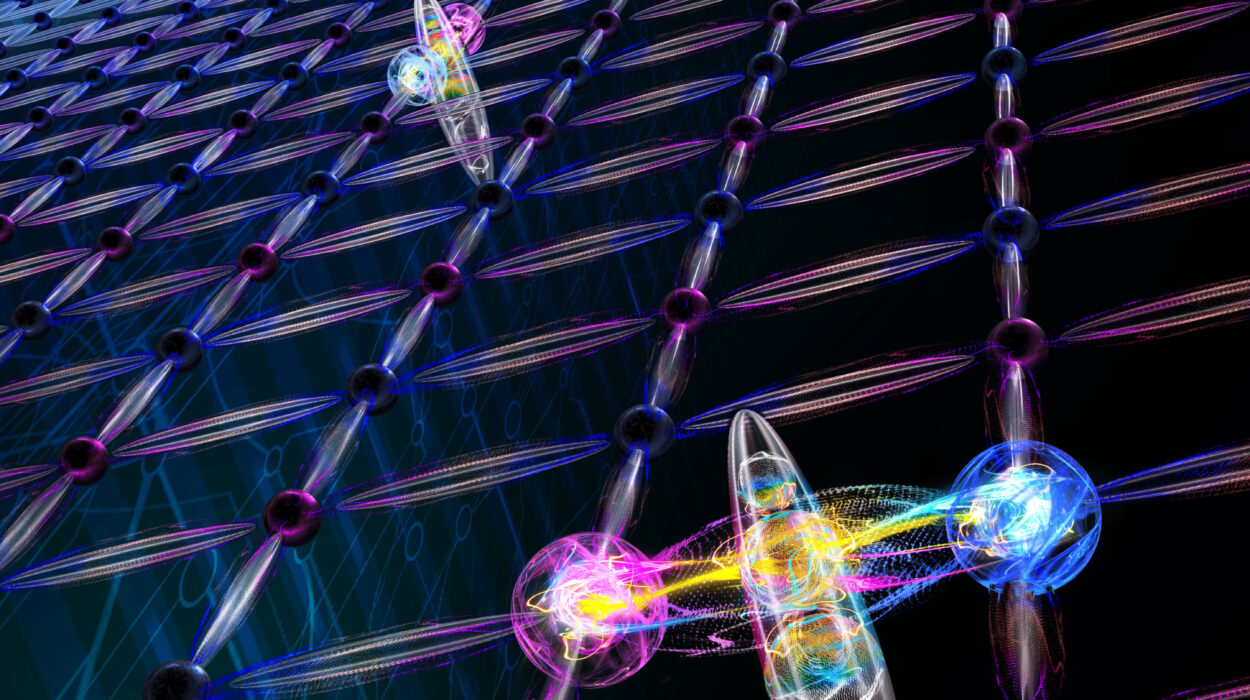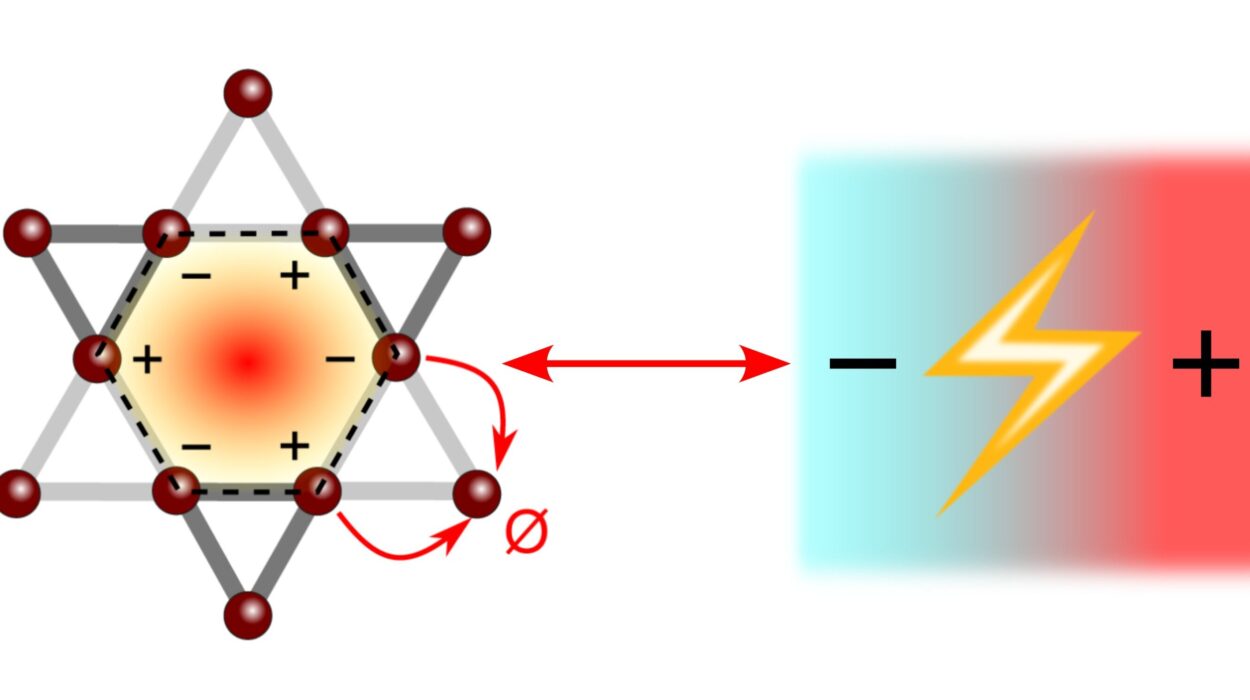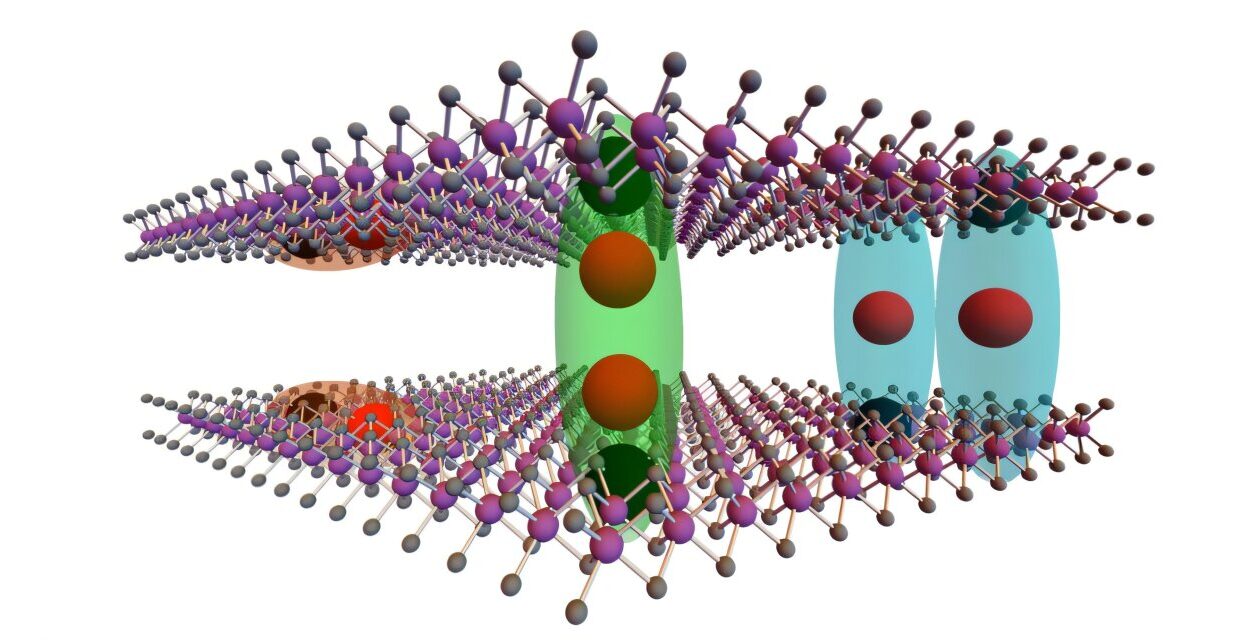A team of physicists at the SLAC National Accelerator Laboratory in Menlo Park, California, has made a groundbreaking achievement in the realm of particle physics by generating the highest-current, highest-peak-power electron beams ever produced. The team’s remarkable findings have been documented in a new paper published in Physical Review Letters. This achievement is a significant step forward in understanding how to manipulate electron beams at unprecedented power levels and open new avenues for scientific discovery.
For many years, scientists have been exploring new applications for high-powered laser light, from splitting atoms to simulating extreme conditions on other planets. In a similar vein, the research team at SLAC focused on electron beams, attempting to harness their potential by increasing their power. The idea was straightforward: boost the current and compress the pulse duration to achieve unprecedented levels of energy. The challenge, however, lay in the technical execution of this seemingly simple concept.
The Concept Behind the High-Powered Electron Beams
The core idea behind the SLAC team’s innovation was to pack as much charge into the shortest possible duration of time. In their experiment, they successfully generated an electron beam with a current of 100 kiloamps for a mere quadrillionth of a second (femtosecond). This ultra-high-power electron beam, which can carry immense energy in a very short burst, can potentially transform a wide range of scientific and industrial applications. The challenge of creating such powerful electron beams lies in the delicate process of controlling the acceleration and concentration of the electrons within the accelerator.
Electron beams are typically produced in particle accelerators, where high-energy electrons are rapidly accelerated to speeds close to the speed of light using a series of powerful magnets. In this process, electrons ride on radiofrequency waves within a vacuum, similar to how a race car would ride on a racetrack. As they are propelled by these waves, they travel through an accelerator, gaining speed and energy with each pass.
However, when the electrons reach a bend or turn in the accelerator, their paths need to change, which causes them to lose some of their energy. To overcome this limitation, the SLAC team modified the way electrons navigated the turns. By taking a more direct path around the accelerator, they could reduce the energy loss typically associated with the curvature of the path, enabling them to maintain the beam’s power while also achieving faster turns.
Creating the Ultra-Powerful Electron Beams
The researchers were able to achieve these remarkable results through a combination of precise engineering and advanced accelerator techniques. To achieve the desired outcome, they sent a string of electrons, each just a millimeter in length, around the accelerator’s track. The electrons were accelerated to speeds of approximately 99% the speed of light, which is a crucial factor for generating high-energy electron beams.
One of the challenges the team faced was how to minimize the energy loss that typically occurs when electrons take turns. When the electrons approach a bend, those with lower energies tend to lose more speed than those with higher energies. To solve this issue, the researchers designed a process that allowed the lower-energy electrons to follow a slightly longer path than the higher-energy ones. This resulted in compression of the string of electrons, with higher-energy electrons catching up to those with lower energies.
To achieve this, they employed a series of magnets to direct the flow of electrons, forcing them to swerve left, right, and left again. This process is akin to adjusting the car’s trajectory on a racetrack to ensure it maintains speed and energy while completing the turns more efficiently.
Chirping Effect and the Role of Magnets
One of the most innovative aspects of the SLAC team’s work was the chirp effect, which refers to a phenomenon where electrons in the beam are altered in energy across their length. In simpler terms, electrons in the front of the string were traveling along a less steep part of the radiofrequency wave, resulting in their energy being slightly lower. As the beam moved through the accelerator, the electrons at the back were traveling along a steeper part of the wave, meaning they had more energy.
The team took advantage of this energy gradient by using magnets to create a series of deflections. By deflecting the electrons multiple times—left, right, and left again—the energy of the electrons was redistributed, creating an even greater difference in their speeds. As a result, the higher-energy electrons were able to catch up with the lower-energy ones, effectively compressing the beam.
This process of compression not only increased the current and energy of the electron beam but also significantly reduced its length. At the peak of their experiment, the team succeeded in compressing the electron pulse to just 0.3 micrometers in length, an astonishing feat that has never been achieved before. This compressed beam contains a remarkable amount of energy packed into an incredibly short duration, making it a highly efficient and powerful source of energy.
Future Applications and Implications
The successful generation of high-current, high-power electron beams has the potential to unlock a wide range of scientific and technological applications. The SLAC team believes that their technique could open the door to future advances in various fields, including:
- Chemical processes: High-powered electron beams can be used to accelerate chemical reactions, providing new ways to manipulate materials at the molecular level. This could have implications for fields like materials science, pharmaceuticals, and energy production.
- Plasma generation: Powerful electron beams can help create and study new forms of plasma, which could lead to innovations in areas such as fusion energy or the development of new materials with unique properties.
- Exploring the nature of space: The team’s work could also provide valuable insights into the nature of empty space and the fundamental forces that govern the universe. By studying how electrons interact with various forms of matter and energy, scientists can gain a better understanding of the underlying laws of physics.
Moreover, the ability to generate ultra-short, high-current electron beams may lead to breakthroughs in imaging techniques. These beams could allow scientists to study atomic-scale structures with greater precision, making it possible to observe phenomena that were previously too small or too fast to capture.
Conclusion
The work conducted by the team at SLAC National Accelerator Laboratory represents a major milestone in the field of particle physics. By pushing the boundaries of electron beam acceleration, they have demonstrated that it is possible to generate beams with unprecedented current and energy levels, compressed to incredibly small durations. This achievement could lead to advancements in a wide array of scientific disciplines, from chemistry and materials science to plasma physics and space exploration.
The implications of this work are far-reaching, with the potential to revolutionize how we understand and manipulate the physical world at its most fundamental level. As scientific research continues to evolve, innovations like this may one day shape the future of energy production, medical diagnostics, and quantum computing, offering new solutions to some of the most pressing challenges facing humanity.
Reference: C. Emma et al, Experimental Generation of Extreme Electron Beams for Advanced Accelerator Applications, Physical Review Letters (2025). DOI: 10.1103/PhysRevLett.134.085001. On arXiv: DOI: 10.48550/arxiv.2411.10413






